Release date: 2016-04-22
In recent years, with the deepening of research, scientists have made breakthroughs in revealing new mechanisms of cancer development and drug resistance. At the same time, scientists have developed a variety of new therapies and preventive measures against cancer, such as us. Well-known methods such as cancer chemotherapy, radiotherapy, and cancer immunotherapy.
And how to target killing cancer cells? Scientists have different methods. Recently, in a research paper published in the international magazine Cancer Cell, researchers from institutions such as the University of Bergen discovered a special protein that can help cancer cells spread, so scientists have found the deadly disease of cancer cells. By inhibiting the activity of this particular protein, it may inhibit the spread of cancer and kill cancer cells.
So what other methods do scientists have to kill cancer cells? Please follow the small one to learn.
[1] Achilles' heel-GPS positioning cancer cells
Researchers at University College London (UCL) have discovered a new way to find cancer cells: the body can look for specific markers in the tumor to determine the location of the tumor. It has a magical name - "Achilles' heel."
Researchers believe that their research has brought new dawn to the treatment of cancer patients, and their research promises to be tested and widely used within two years. Research results have been published in Science, which was also sponsored by the British Cancer Institute.
Although the research prospects are bright, experts have also said that this method is indeed reasonable and the theoretical basis is very reliable, but this method is actually a very complicated drop.
[2] Beautiful! Novel nanomaterial directional blasting cancer cells
Original link (15 February 2016 doi:10.1038/nnano.2015.343 )
For patients with existing tumors in the body, the tumor is usually removed by surgery. During the operation, the doctor also wants to clear all the cancer cells in the patient at one time, but in reality, the doctor is always in a dilemma: multi-cutting the lesion, fearing serious damage to the organ function; less cutting, the residual cancer cells may Resurrection. In fact, doctors simply don't know where the boundaries between cancer and healthy tissue are.
Therefore, usually after surgery, in order to consolidate the effect of the operation, the doctor will also arrange chemotherapy or radiotherapy according to the patient's condition. However, this kind of therapy has great toxic and side effects on the human body. The more common ones are hair loss, nausea and vomiting, loss of appetite and leukopenia or thrombocytopenia, etc., which makes the patient unhappy.
Speaking of this, you must ask: Is there a better way to treat the bottom of the surgery? You must know the answer is: Yes! Otherwise, there is no such article.
Rice University in Texas, USA, broke the heart of this matter. Rice University has a research team that has been researching a new project for more than a decade, and intends to sweep away the residual cancer cells after surgery. In this project, they have worked on several generations of research and sent many articles. Finally discovered a nanotechnology can help surgical treatment of "wiping ass".
[3] Melbourne found that new drugs can dissolve cancer cells!
The results of a drug trial in Melbourne were gratifying, and most of the cancer patients who participated in the trial had improved and even recovered. It is reported that the trial was conducted at the Royal Melbourne Hospital and the Peter MacCallum Cancer Centre. The drug used in the trial was Venetoclax, which kills BCL-2 protein that increases cancer cell survival.
For unconventional cancer trials
The drug was an eight-year study by Associate Professor Mark Dawson and his team. Dawson is the head of the Cancer Epigenetics Laboratory at the Peter MacCallum Cancer Cente. He said in an interview last year that this clinical trial has no hope for all conventional treatments. Patients with leukemia and multiple myeloma are open for the main purpose of finding the upper limit of the dose that the patient can bear. At present, the efficacy of the drug cannot be guaranteed, but this attempt is of great significance. "
[4] 32-year-old scientist invented blood cancer cell dialysis technology, it is a god!
Cancer is one of the most deadly diseases in the world. Although humans have been fighting for it for decades and have made great progress, there is still a lack of effective new methods in the clinical application of cancer prevention and treatment.
One of the 35 under 35 technology innovation elites (TR35) in Asia selected by the MIT Technology Review this year is Majid Ebrahimi Warkiani, and his new technology will bring new cancer diagnosis and treatment. Hope.
Warkiani is 32 years old and is currently an assistant professor at the University of New South Wales (UNSW), Australia's leading research university. He is also the project leader of the UNSW Nanomedical Center.
Warkiani's new technology is called "dialysis for cancer", which uses this technology to not only discover early cancers, evaluate the therapeutic effects of cancer, but also make judgments about the development of cancer (the so-called prognosis); more importantly Yes, this technology has a therapeutic effect. This treatment is simple and easy to understand, which is to directly filter out cancer cells in the blood, delay or even prevent the spread of cancer.
[5] JRO: Suicide gene therapy kills prostate cancer cells
Original link (DOI: 10.1007/s13566-015-0239-y)
Researchers from the Methodist Hospital in Houston in the United States conducted a long-term clinical study that showed that radiation therapy combined with "suicide gene therapy" technology can provide safe and effective treatment for patients with prostate cancer. The "suicide gene therapy" technology enables cancer cells to send signals to the patient's immune system to achieve a "suicide" process by genetically modifying prostate cancer cells. The relevant research results are published in the International Academic Journal Journal of Radiation Oncology .
A total of 66 patients with prostate cancer participated in a phase II clinical study between 1999 and 2003. The researchers divided the participants into two groups. One group of patients had tumor cells present only in the prostate tissue. The researchers named the group Arm. A, these patients only received radiation therapy, while another group of patients carried more aggressive prostate cancer cells, the researchers named the group Arm B, this group of patients should receive both radiation therapy and hormone therapy. Patients in the Arm A group received two experimental gene therapies during the study, while patients in the Arm B group received three gene therapies.
[6] New research uses hot-activated "grenade" to destroy cancer cells
News report: Heat-activated 'grenade' to target cancer
At the NCRI Cancer Conference in Liverpool, UK, two new studies have developed the cancer drug "grenade" with thermal triggering elements. This development can help scientists directly target drugs for cancer.
Researchers from the University of Manchester have previously developed small bubble-like liposomes that can be used to load cancer therapeutics and transport drugs into cancer cells, but like the problems faced by other treatments, how to direct liposomes Directing to the tumor for drug delivery without affecting healthy tissue is an important challenge for this technology.
These two recent studies have shown that the provision of heat-activated triggering elements on liposomes can partially solve the above problems. In the laboratory, the researchers slightly heated the tumor in the mouse model. In this way, the "grenade" pull ring was opened, and the release of cancer cell killing drugs was achieved and the target of cancer cells was achieved.

[7] Molecular cell: cut off cancer cells, spare energy, "hungry" dead cancer cells
Original link (doi:10.1016/j.molcel.2015.08.013)
- Scientists have found new ways to stop the growth of lung cancer cells by blocking the use of spare nutrients by lung cancer cells. The relevant research results were published in the international academic journal molecular cell, which provides a new direction for lung cancer treatment.
What do cancer cells "eat"?
The metabolic process of cancer cells is very different from normal cells. The rapid proliferation of cells means that the demand for energy in cancer cells will increase significantly, and glucose is the main source of nutrients for cancer cells, and their utilization rate of glucose is several tens or even hundreds of times that of normal cells. But when glucose becomes scarce, cancer cells must switch to alternate nutrients to maintain cell growth and survival.
Scientists from McGill University in Canada, the University of Washington, St. Louis, Russia's ITMO University, and the University of Bristol in the United Kingdom studied the response of non-small cell lung cancer cells with reduced glucose supply and found that some lung cancer cells would be in glucose. In the absence of them, they changed their preference for "food" and switched to glutamine.
[8] Nat Commun: Micro implants successfully capture cancer cells
Original link (doi:10.1038/ncomms9094)
Recently, scientists from the United States published an article in Nature Communications that they developed a smiling implant that spreads throughout the body to help capture cancer cells. Cells move with the original tumor site and invade other organs. This process of cancer cells is called cancer metastasis. Cancer metastasis is often found in the late stages of patients, leading to death.
Early detection of circulating tumor cells (CTCs) in the blood may help accelerate the development of cancer diagnosis and therapy; but swimming cancer cells will "tour" in the body in small quantities and last longer. It is very difficult to find before it finds a new invasion site. Researchers in the study said that capturing CTCs may help inhibit cancer metastasis and can help inhibit cancer progression.
Professor Lonnie Shea, a researcher at Northwestern University in the United States, said that the burden of disease in the lungs of animals receiving new implants was significantly lower than in animals without implants; the researchers developed an approximation A biodegradable disc of 0.5 cm width was inserted and implanted for every two mice. The implant uses immune cells as a bait, and it also includes a scanner that detects the presence of captured cancer cells.
[9] Cancer Cell: Treating new potential drugs - let cancer cells "destroy" and die
Original link (DOI: 10.1016/j.ccell.2015.07.005)
The rate of cleavage and reproduction of cancer cells is already beyond normal. What if there is a little stimulation and let the cancer cells grow faster? - The answer is that you will die. This drug candidate that over-stimulates key proteins for tumor growth or will treat a variety of cancers as a new approach. The method works by letting cancer cells "overwhelmed" on the edge of stress. This article was published in the latest Cancer Cell magazine.
David Lonard, a senior author of this article, is a professor of cell and molecular biology at Baylor College of Medicine in the United States. He said: "There are no drugs that have been proposed or developed to stimulate oncogenes for therapeutic purposes. Our prototype drugs can be more The role of various types of cancer may be a new and more popular choice in cancer drug libraries."
Tumor cells need to acquire oncogene mutations to support their growth and survival. Numerous studies have focused on identifying oncogenes as targets for cancer drugs. Among the oncogenes, members of the steroid receptor coactivator (SRC) family are particularly promising as therapeutic targets because these proteins are located in key signaling pathways that allow cancer cells to rapidly grow, spread, and acquire resistance. In a previous study, Lonard and another colleague Bert O'Malley identified a SRC inhibitor molecule in an animal model by screening a large number of compounds, killing multiple cancer cells and inhibiting tumor growth. These compounds are similar to conventional drugs that inhibit oncogenes. However, they have a counterintuitive idea: If they can destroy critical signaling pathways and over-stimulate SRC, will they kill cancer cells? After all, cancer cells rely heavily on SRC to fine-tune various cellular activities, so SRC stimulation may be as effective as SRC inhibition in disturbing the balance of cancer cell signaling activity.
[10] Adv Mat: Nano-microspheres kill high-efficiency doses of cancer cells
Original link (doi:10.1002/adma.201501803)
In a study published in the international journal Advanced Materials, researchers from the University of California have developed a new type of nanoparticle that can release drugs in the presence of a specific class of proteins. And special proteins can drive the metastasis of cancer; the researchers developed a drug delivery system that can effectively inhibit the development of cancer.
Researcher Cassandra Callmann said that we have built a nanoscale carrier based on a small molecule that can find tumors and release the loaded drug; this drug delivery system can use a type of matrix metalloproteinases (MMPs). A special enzyme protein, this special enzyme protein is very rich in many kinds of cancers. MMPs can “tear†the cell membrane, allowing cancer cells to escape and enter other parts of the body to cause cancer metastasis.
The researchers developed a small microsphere-like structure loaded with the anticancer drug paclitaxel, and covered with a peptide shell, MMPs can tear open the shell to release the drug loaded in it, and the shell fragments can form a leaky net, which can The drug is wrapped to stabilize the tumor. The researchers said that the study is very important for the later development of a new strategy for cancer diagnosis and treatment. In order to encapsulate the drug, such as the microsphere structure, the researchers have carried out certain chemical treatments, which have proved the effectiveness of a series of atoms on drug molecules. It is necessary, and this means that the cancer drug is inactive in the circulatory system through which it flows before it reaches the tumor, which avoids the side effects of the drug.
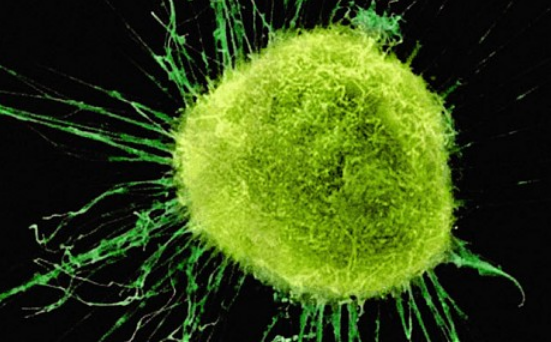
[11]ACSBSE: chemotherapeutic drug coating can enhance the efficacy of nanoparticles to kill cancer cells
Original link (doi:10.1021/acsbiomaterials.5b00111)
Recently, a research paper published in the international magazine ACS Biomaterials Science & Engineering, scientists from Duke University in the United States designed a new method to develop potential nano-cancer therapies; this method can make hydrogels A thin layer is deposited on the surface of the nanoshell, which is only 100 nanometers thick, which absorbs infrared light and generates heat. When heated, a special hydrogel loses moisture and releases molecules such as sugars.
In the article, the researchers deposited hydrogels on the nanoshells that act on the tumor and covered them with a chemotherapeutic drug coating. Professor Jennifer West said that our idea is to combine the thermal therapy that destroys the tumor with the local drug delivery. Boxing or the most effective means of cancer treatment, studies have shown that many chemotherapeutic drugs can effectively act on hot tissue, so there may be some possibility to combine the above two methods.
Source: Bio Valley
A CT scan makes use of computer-processed combinations of many X-ray images taken from different angles to produce cross-sectional (tomographic) images (virtual "slices") of specific areas of a scanned object, allowing the user to see inside the object without cutting.
Digital Radiography made affordable, Created to meet the needs of community to hospitals and private radiology practices, it enables the price-sensitive customers to join the drive to go digital.The versatile floor mounted radiography system enables you to go from film to CR to DR.Flooe-mounted easy for installation and operation
The United-imaging is floor mounted system comprises a radiographic table with integral floor guide rail and a wallstabd. Requiring little room preparation, it is easy to install.
United-imaging according to the international advanced processing mode and standardlize design. the parts are made with precision CNC machine and moulding. Which adopt high degree of standardized, reasonable and compact structure. With reliable, durable and elegant appearance and advanced processing technology.
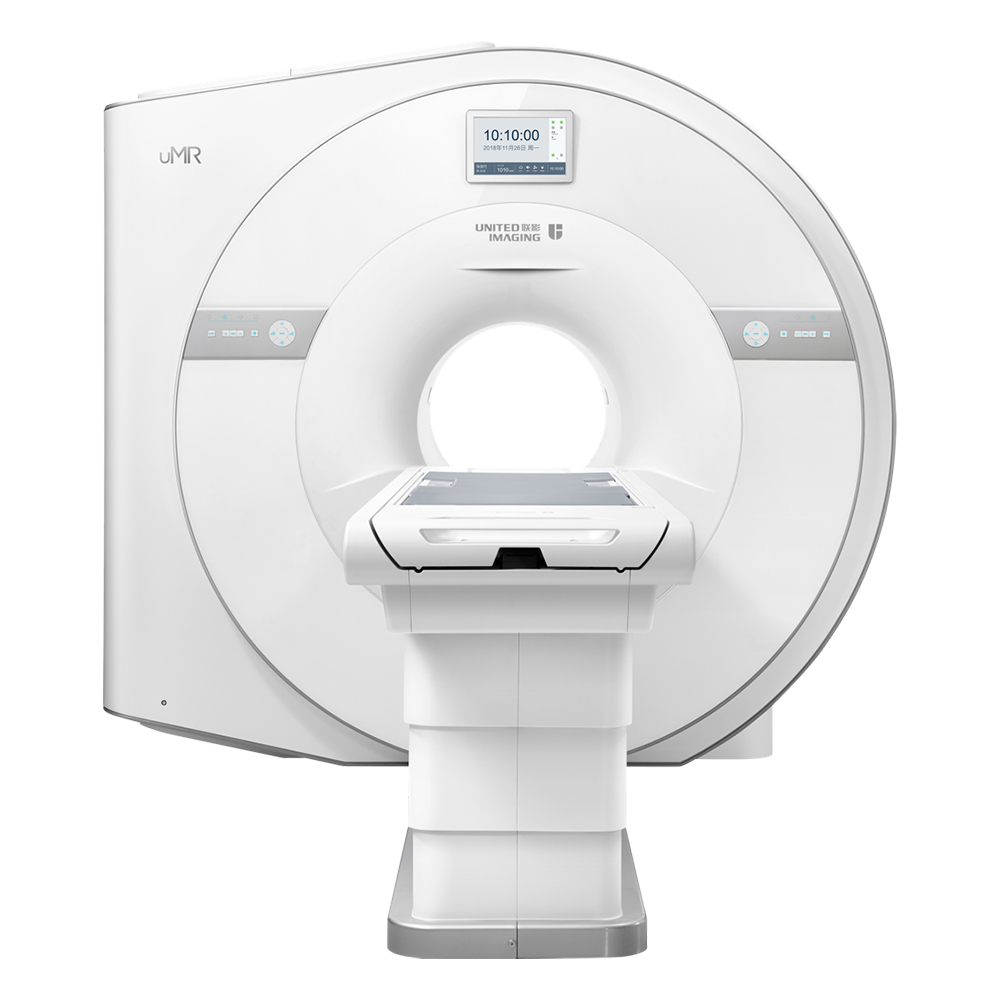
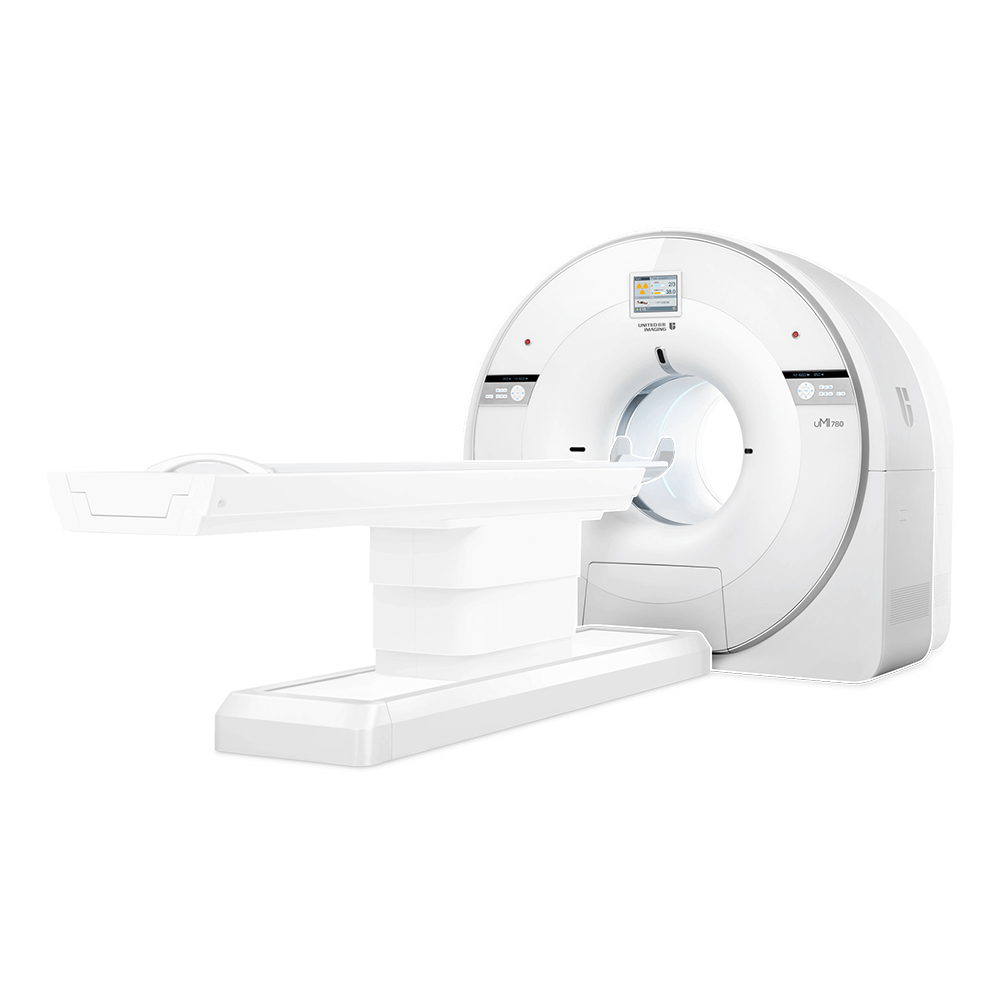
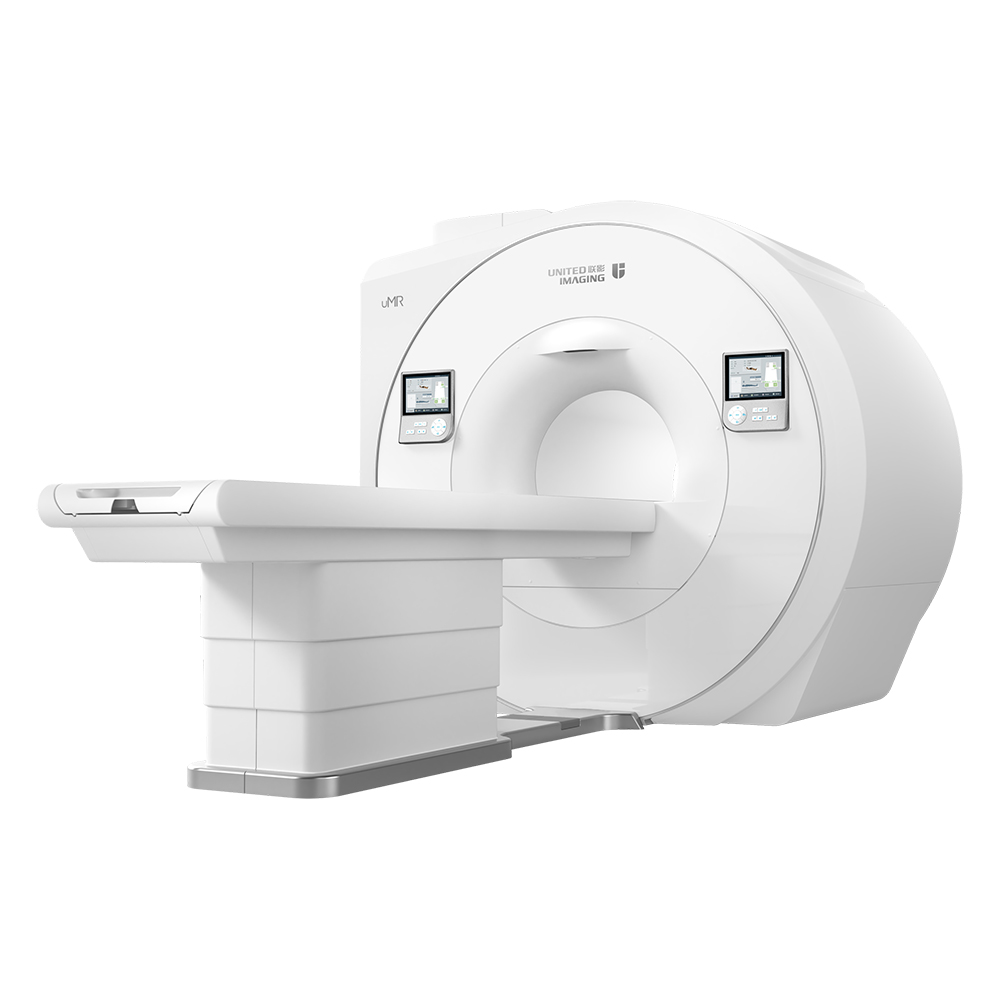
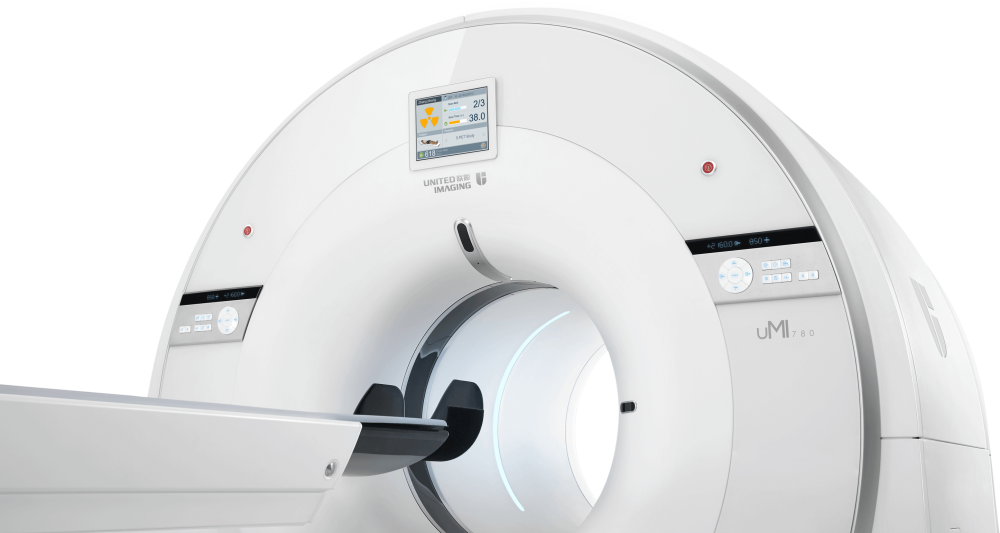
Computed Tomography,Medical Computed Tomography Scanning Machine,Medical Ct Scanner,Computed Tomography In Ct Scanner
Shanghai Rocatti Biotechnology Co.,Ltd , https://www.ljdmedicals.com